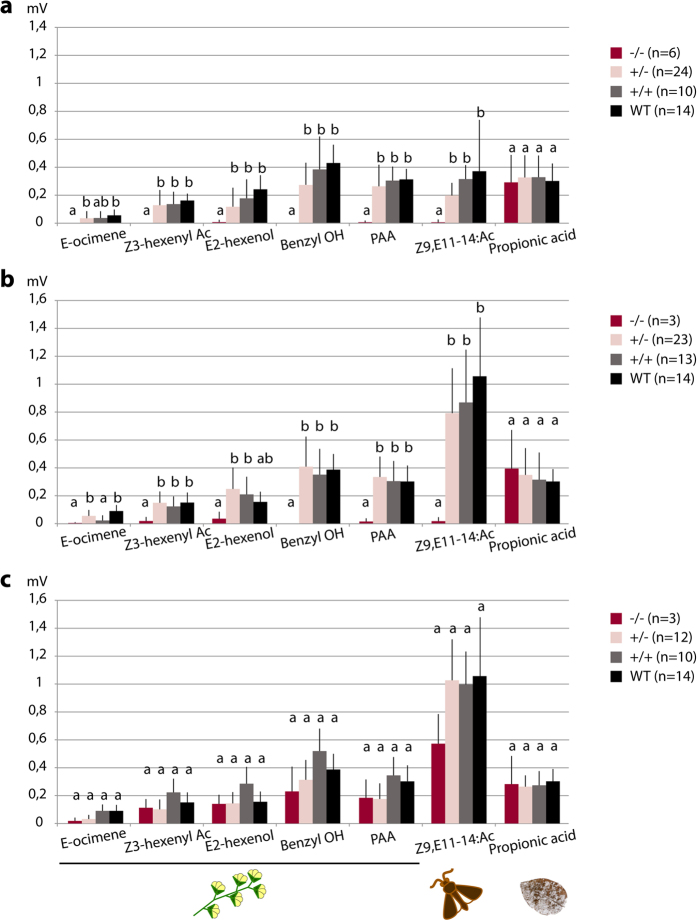Figure 4. Electrophysiological impact of Orco KO in S. littoralis antennae.
Electroantennogram responses (EAG, in mV ±SEM, the response to solvent was subtracted) of S. littoralis antennae isolated from wild-type (WT, non-injected parents) and CRISPR/Cas9 G2 individuals toward plant odorants (10 μg), the main pheromone component (Z9,E11-14:Ac, 1 μg) and propionic acid (10 μg). (a) Female responses: WT (black), +/+ (grey, CRISPR/Cas9 G2 without any mutation), +/− (pink, CRISPR/Cas9 G2 with heterozygous mutation) and −/− (red, CRISPR/Cas9 G2 with homozygous mutation) (sequences 5, 15 and 16 as in Fig. 3, causing a truncated Orco protein); (b) Male responses as in (a); (c) Responses from males generated from parents carrying Orco sequence 1 (2 amino acid loss compared to the Orco wild-type sequence, no stop codon produced). Different letters above each odorant response indicate significant differences (t-test; p < 0.001); a is different from b and ab is not different from either a or b. PAA: 2-phenyl acetaldehyde; Ac: acetate ; OH: alcohol; n: number of individuals tested for each genotype.

